The FDA Proposed New Sunscreen Regulations - What's the Story?
In Feb of this year the U.S. Food and Drug Administration issued a proposed rule that would update regulatory requirements for most sunscreen products in the United States. Sunscreens are considered drugs in the United States and have active ingredients. These active ingredients are where the question lies for this proposal along with dosage forms, SPF factors (ex: SPF 15 vs SPF 30), broad spectrum requirements and labeling of products.
Quick answer - what's proven safe right now, in this moment, are
- cream/lotion/stick sunscreens
- that contain Zinc Oxide or Titanium Dioxide as the active ingredients
- in an SPF 15 or higher (but please use SPF 30!)
- that's broad spectrum
Want a deeper dive? Let's break it down:
Active Ingredients - this is in the forefront for most people as it's the easiest place, in my opinion, to start. The FDA is going to put all of the active ingredients up on the shelf to see if they are GRASE (Generally Recognized As Safe & Effective). The only two ingredients that are GRASE right now, no testing needed, are Zinc Oxide and Titanium Dioxide (physical sunscreens). That's it. The other 12 active ingredients (chemical sunscreens) have not yet proven to be and so they will have to provide data/testing before being deemed GRASE. In the meantime every store in your neighborhood will still be selling them. Fun fact - this whole discussion with the FDA actually started back in 2015 and the "due date" for the reports is Nov of this year.
Why the issues?
- "High levels of four [chemical sunscreens] -- Avobenzone, Oxybenzone, Ecamsule and Octocrylene -- can enter a person's bloodstream after just one day of use. The chemicals remained in the body for at least 24 hours after the last sunscreen application."*
- In 2008 (2008!!) The US Centers for Disease Control and Prevention looked at urine samples from a government study and determined that 97% of them contained Oxybenzone.
- Oxybenzone messes with hormones of children and adults.
- Not the reason the FDA is looking into it but as a side note, Hawaii, the Pacific nation of Palau and Key West recently banned sunscreens containing Oxybenzone and Octinoxate because they cause coral bleaching and kill the reef's ecosystems.
So, if you want to make an easy choice with a federally approved active ingredient then stick with mineral/physical/reef safe options that use Titanium Dioxide and/or Zinc Oxide. Start there. If it has anything else listed in the active ingredients (flip the bottle over because sometimes it will say "mineral sunscreen" on the front and then have a chemical sunscreen added) then I would skip it. Our three SPFs are safe bets.
Dosage - Basically all of the things you can buy on the shelf at Target are proposed to be named as GRASE - sprays, oils, lotions, creams, gels, butters, pastes, ointments and sticks. However, please pause with sprays as you were not meant to inhale the ingredients and it's hard to get the proper amount applied in the form of a spray. EWG votes no on sprays as well.
Powders are being being looked at for inclusion into the GRASE umbrella for dosage (we're not fans as you can breathe those in too) while wipes, towelettes, body wash and shampoo are not being included basically because the FDA's not buying their story. So skip the towelettes even though they seem easy.
SPF Value - this is in three parts to me -
- First, SPF 50+ will be raised to SPF 60+, provided the formula passes tests to deem it as such
- Second, broad spectrum protection will be required for SPF 15 and higher products since most consumers are expecting that that's what's happening anyhow, even though it isn't always true.
- Third, UVA protection will increase as the SPF level increases as UVA rays are not currently rated in the "number" of your SPF. Currently your SPF number is in line with the UVB protection level. UVB rays burn skin and are linked to skin cancer. UVA rays rays are the ones that cause aging - wrinkles, hyper-pigmentation, etc and are also linked to skin cancer.
Labels - bottom line, they want it to be easier to read. The FDA wants it to look like a proper drug label so you know what's up when you're purchasing - active ingredients are in a box at the top and all of the rest of the ingredients (inactives) are down below. They're also revising their statements on formats for SPF, broad spectrum and water resistance claims.
Bug Repellent - they are not into bug repellent (which is also recently being considered a drug) and SPF being combined. These combination bug repellent/sunscreen products will not be GRASE.
If you have additional questions on sunscreen ingredients, how much to apply, how often to apply and more check out our post All of Your SPF Questions Answered!
*CNN




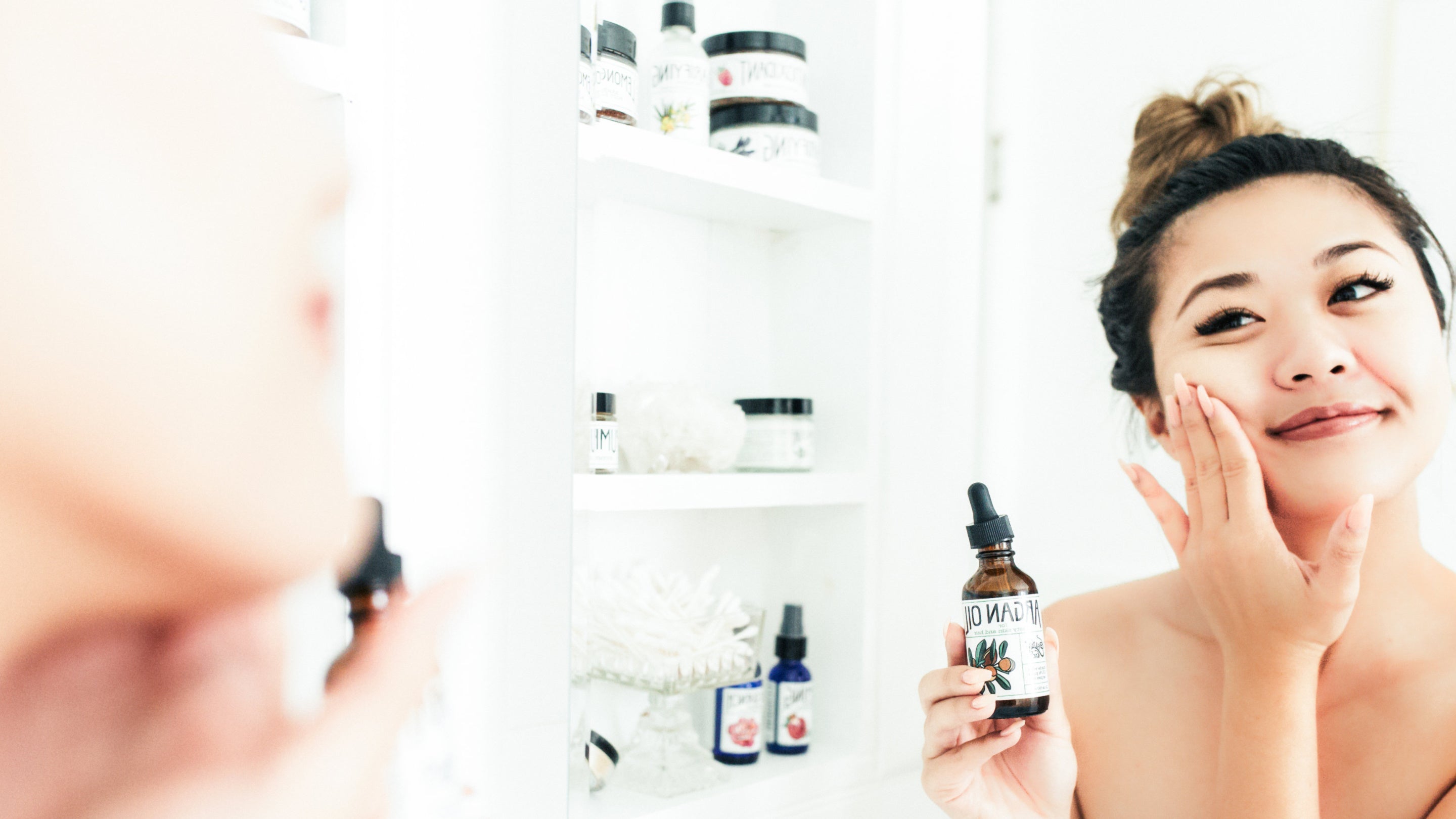

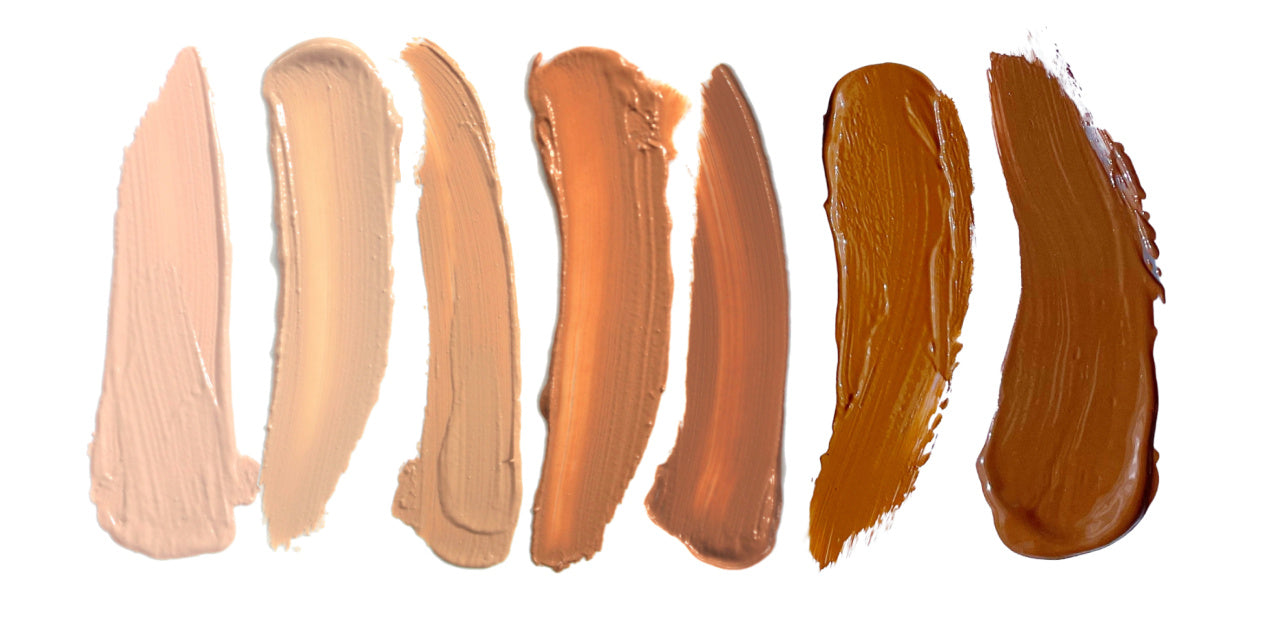
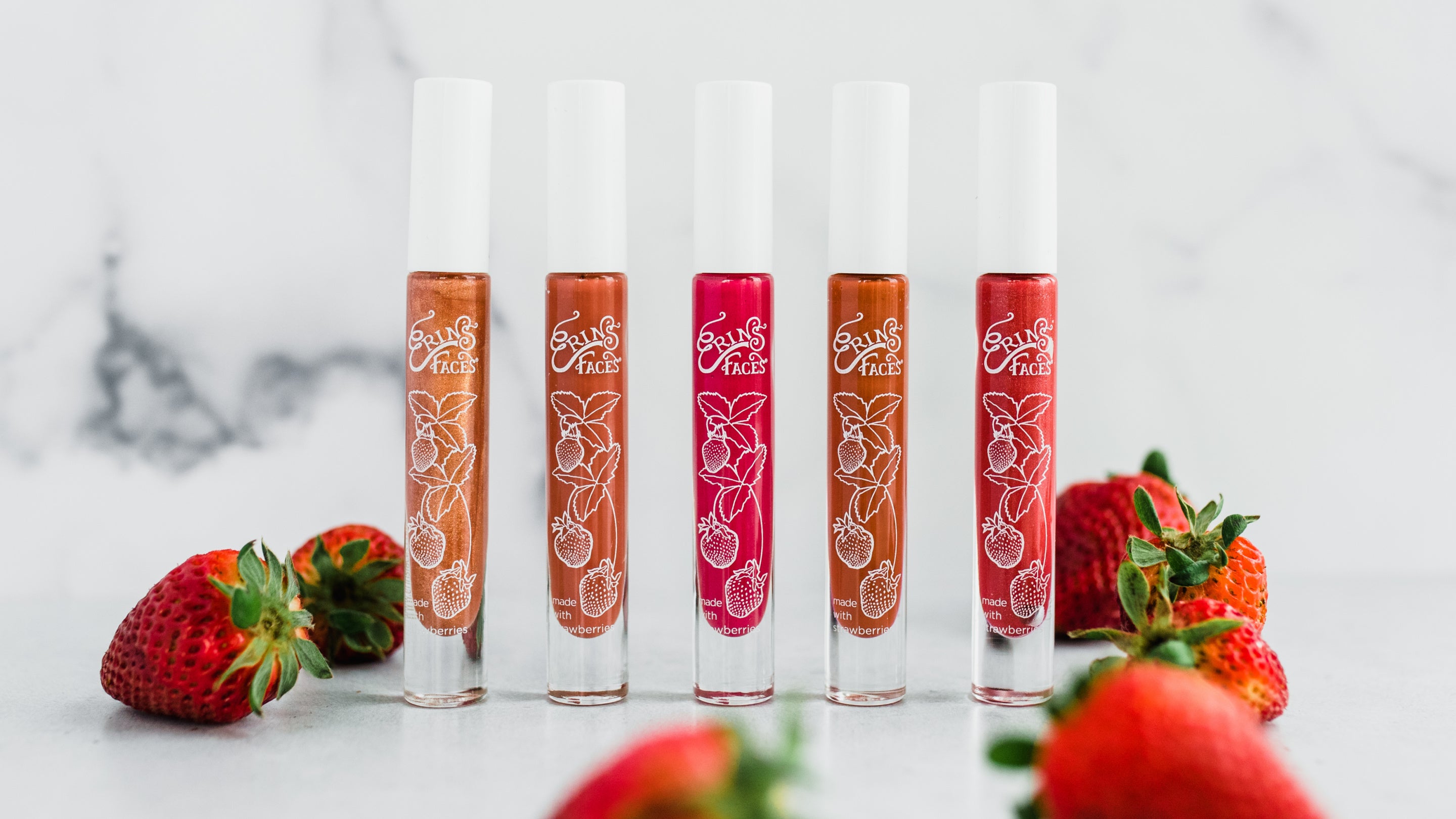

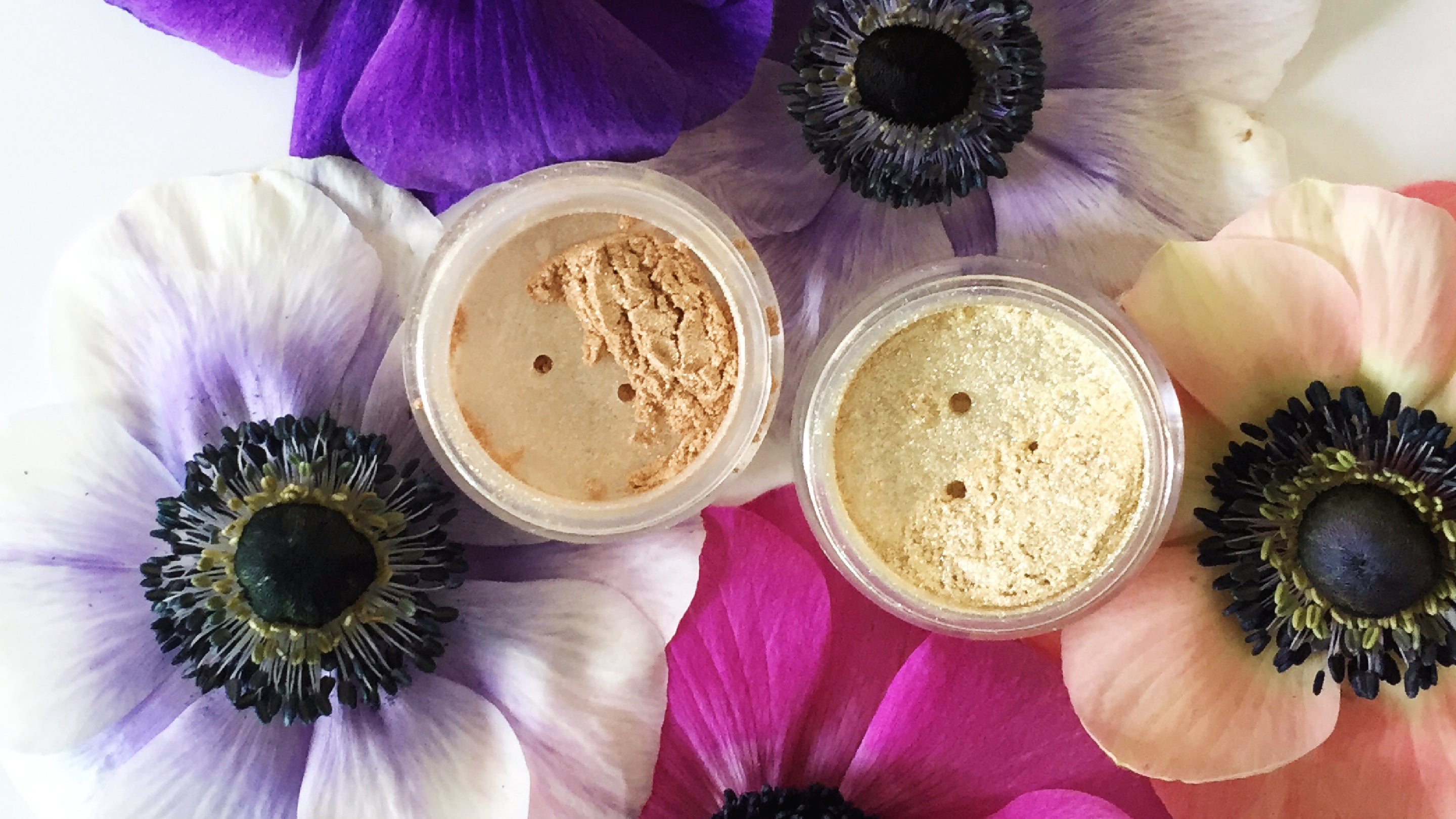
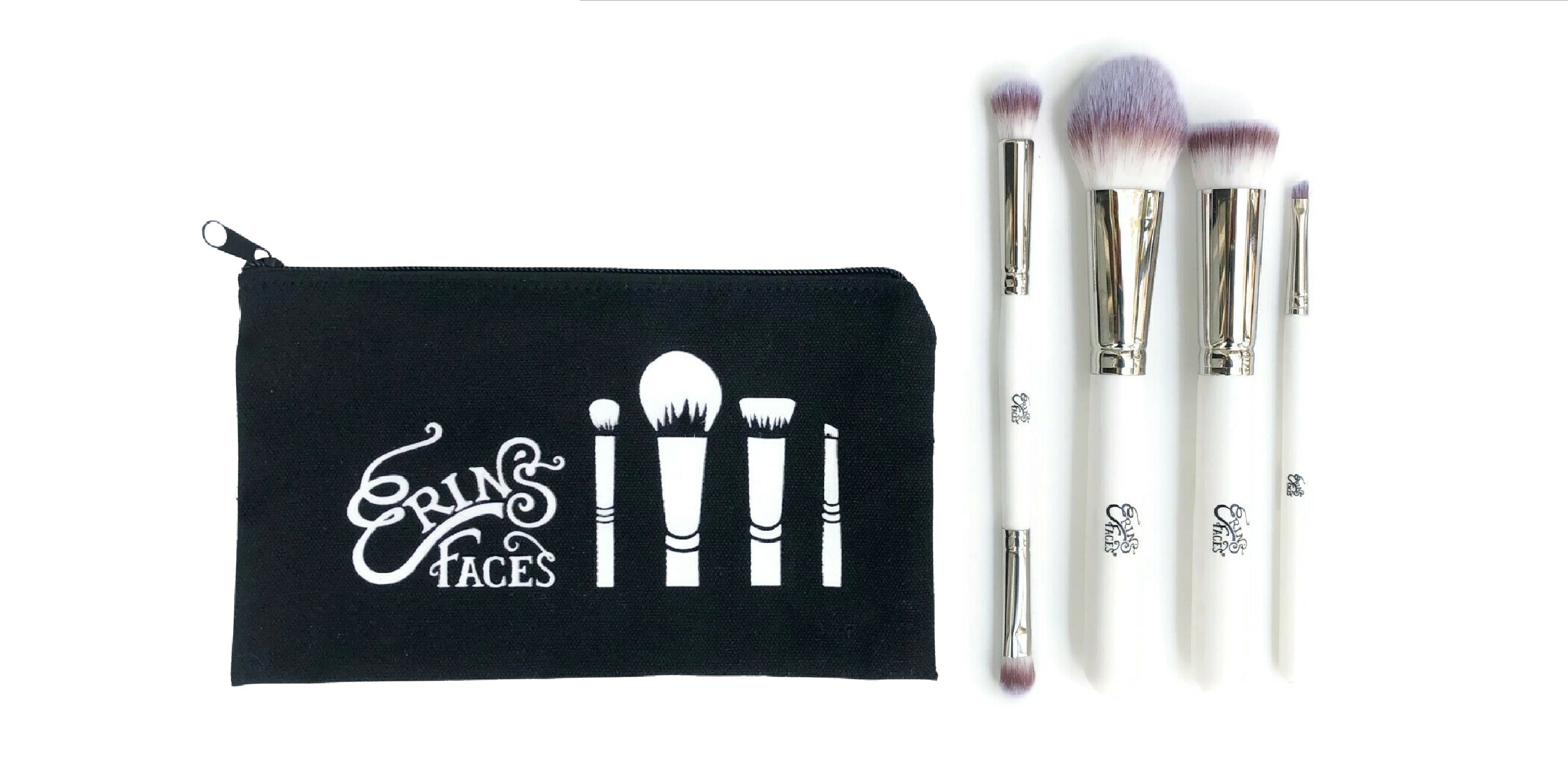
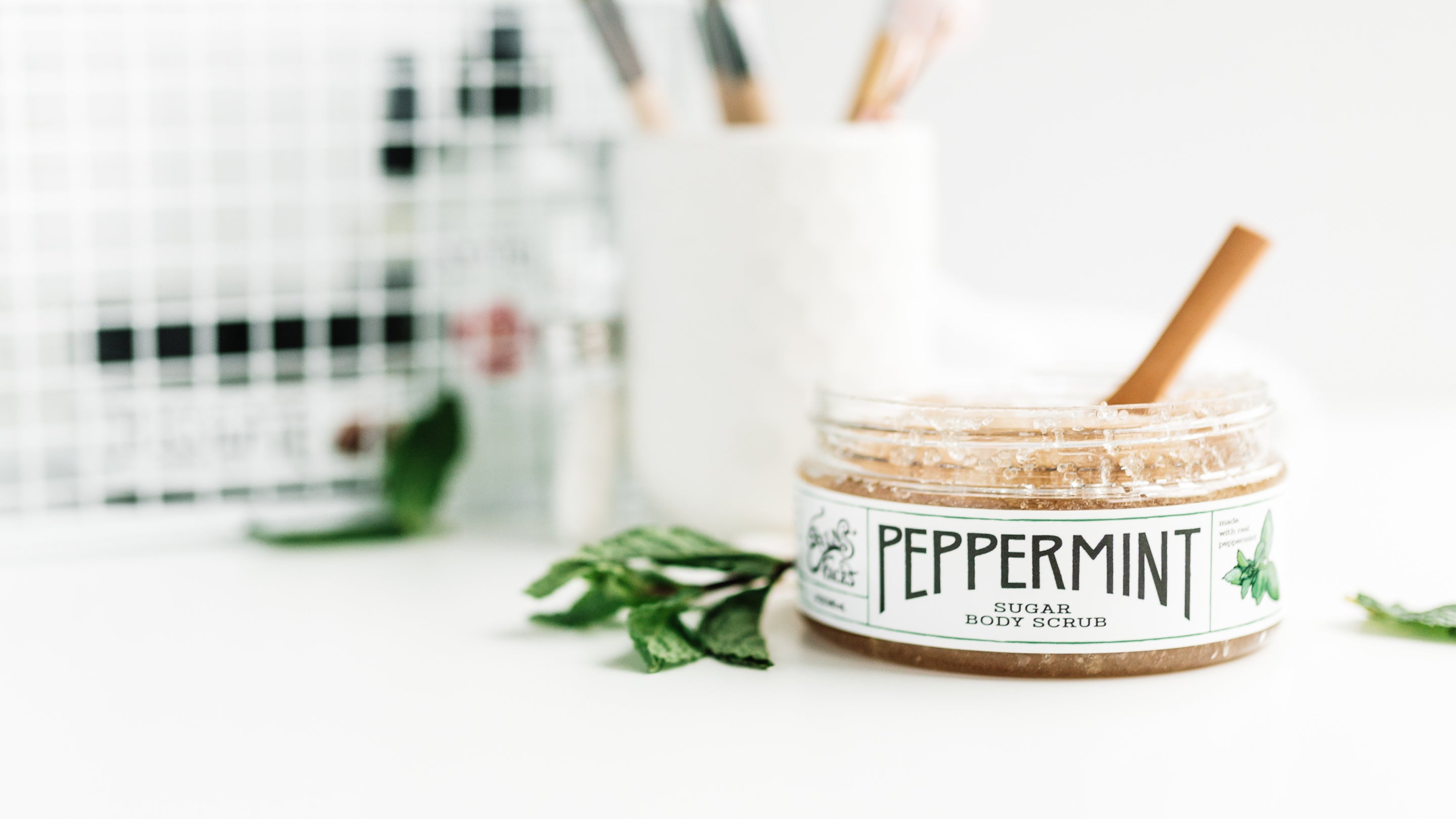
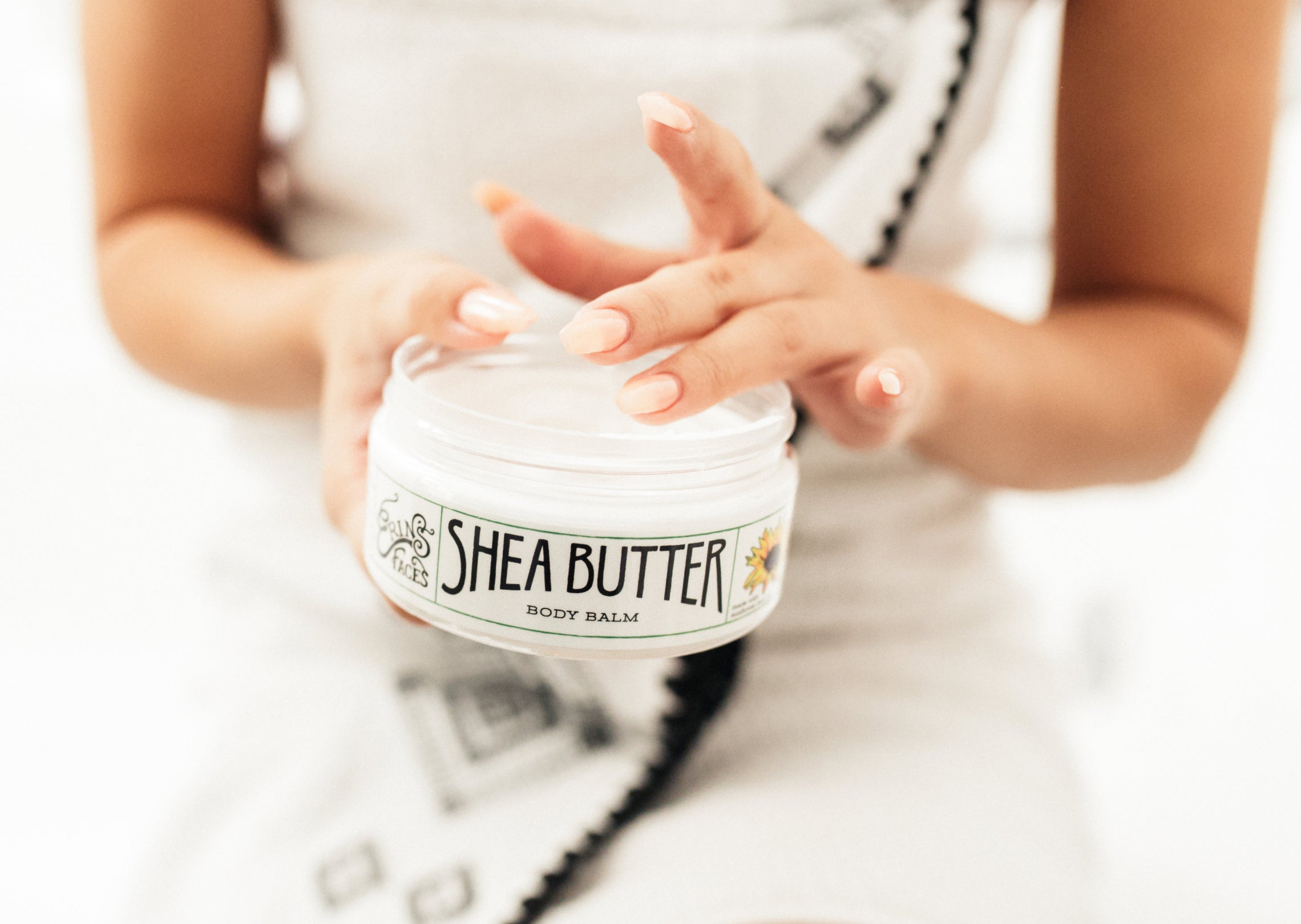
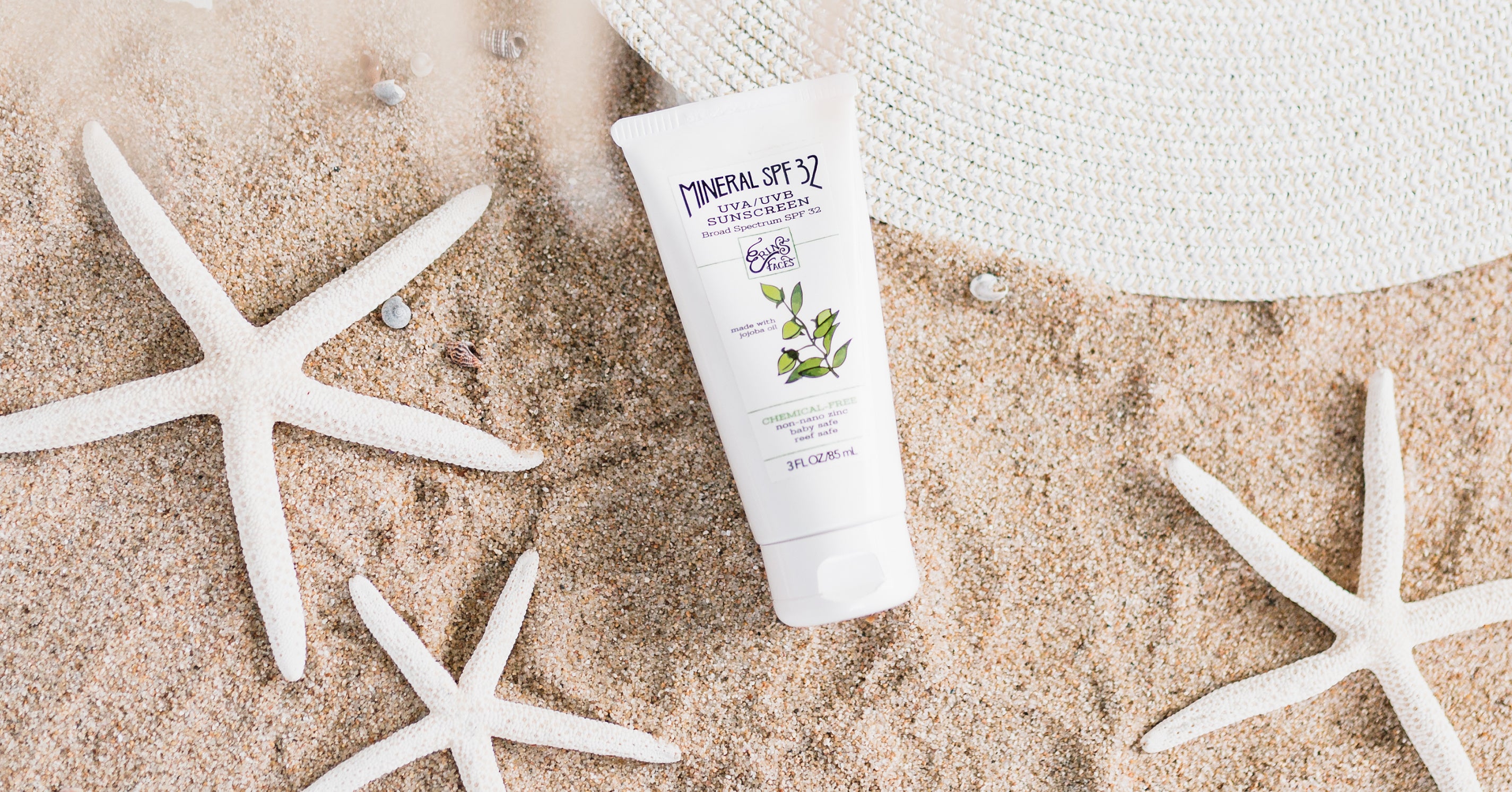









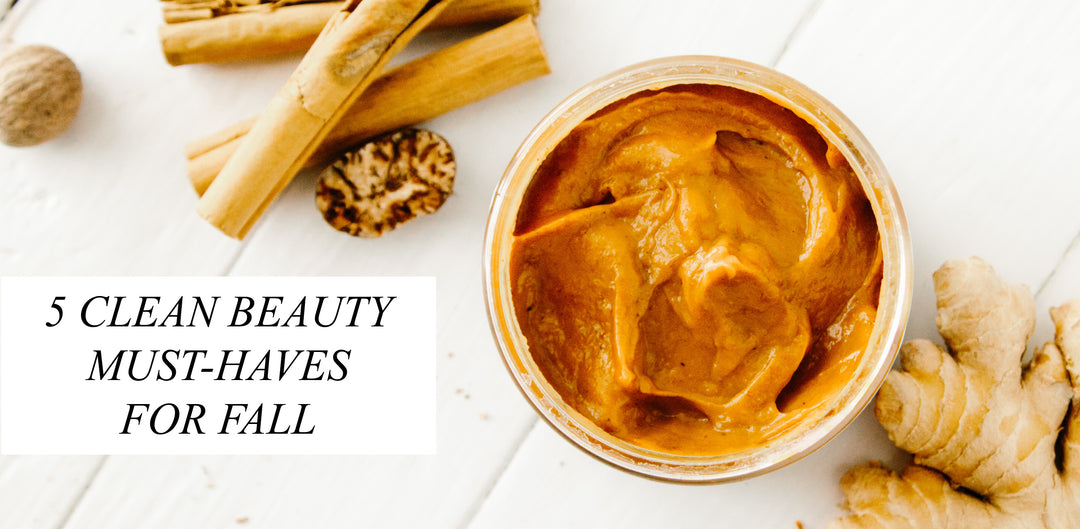

Leave a comment